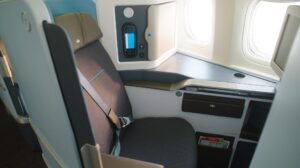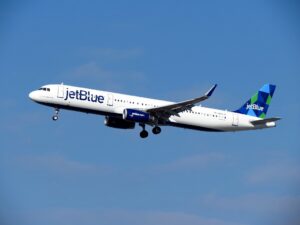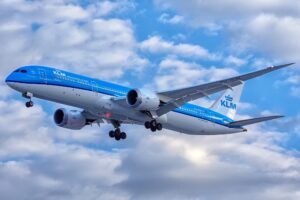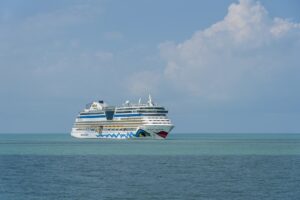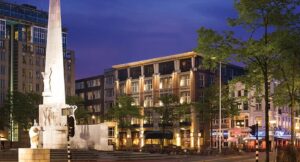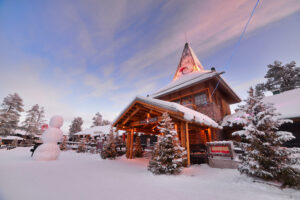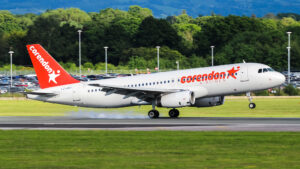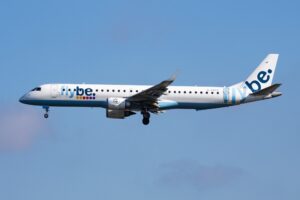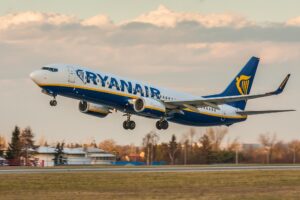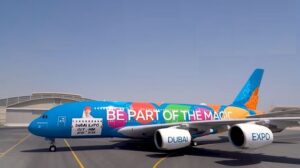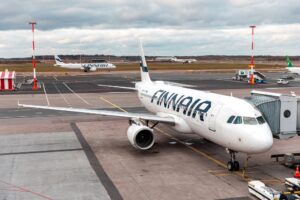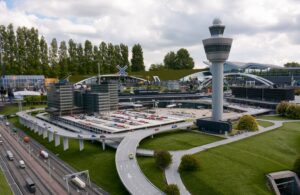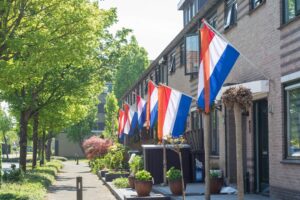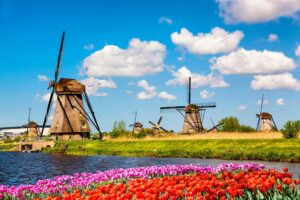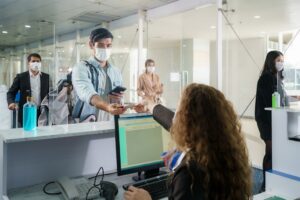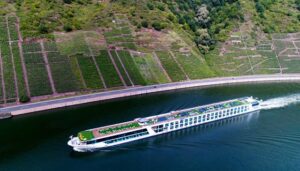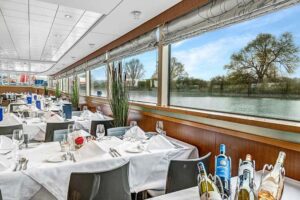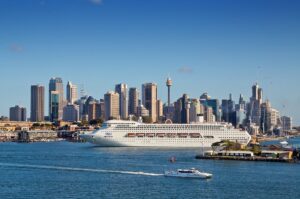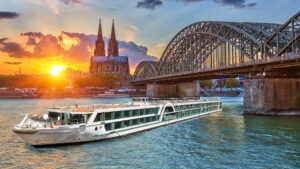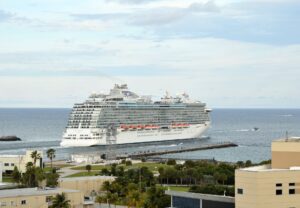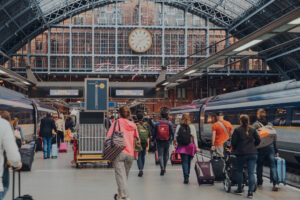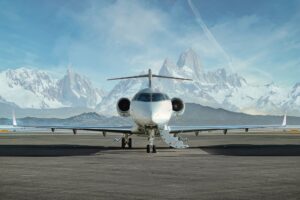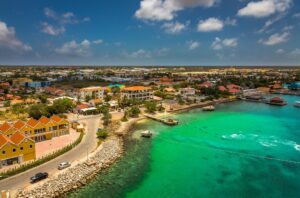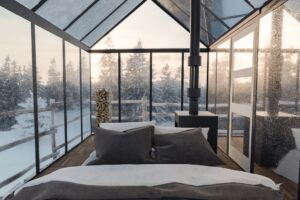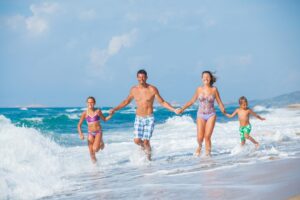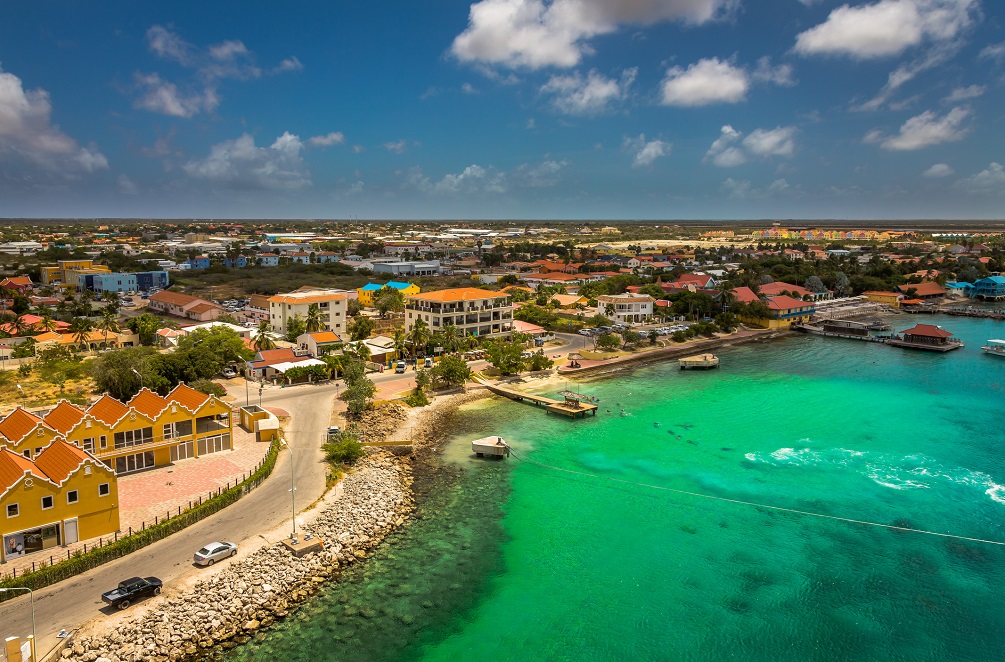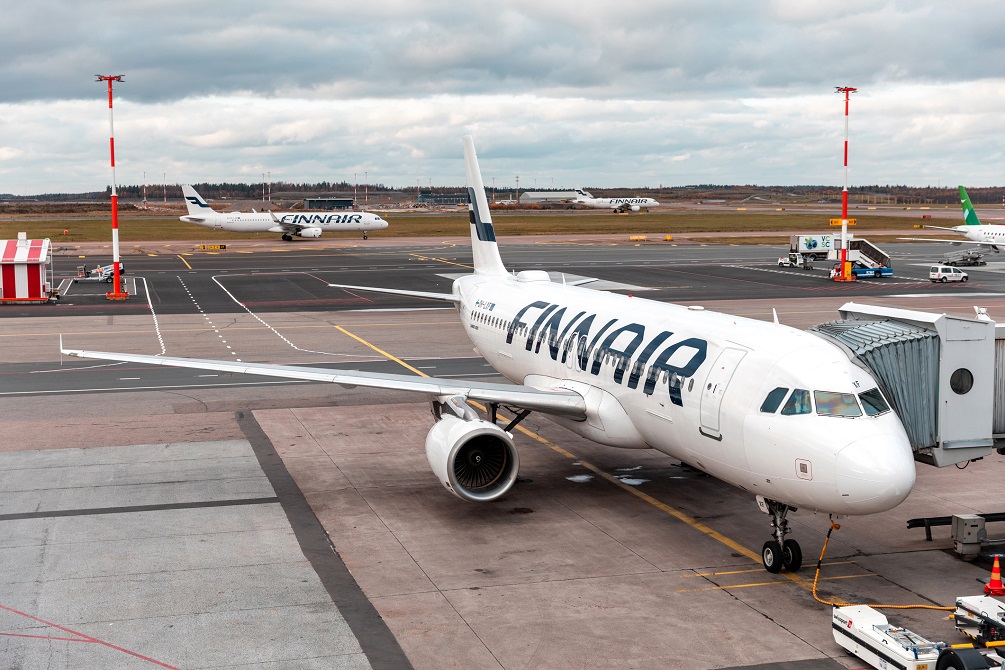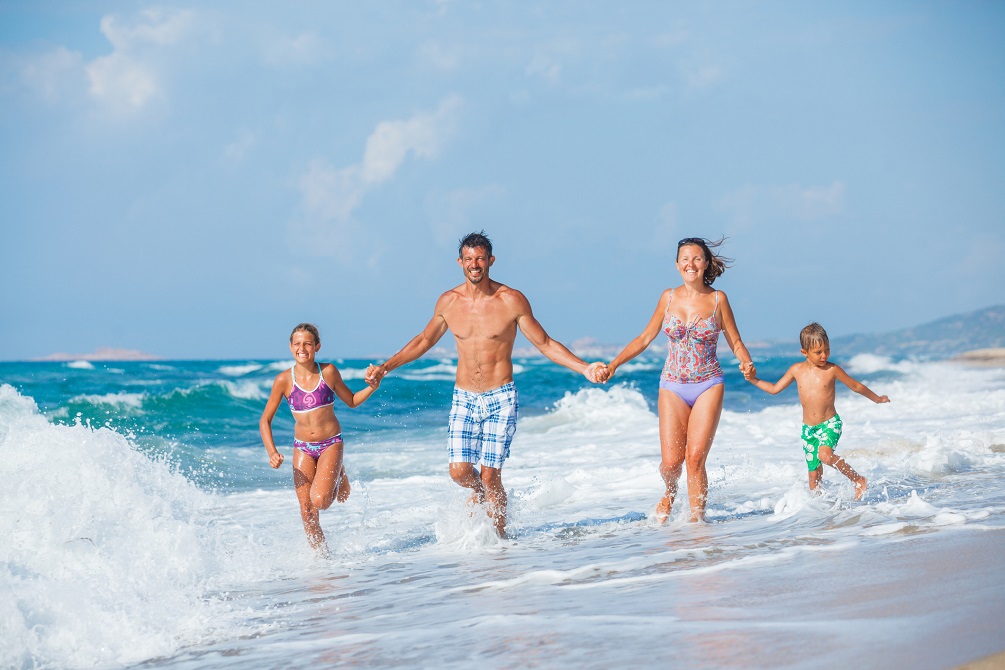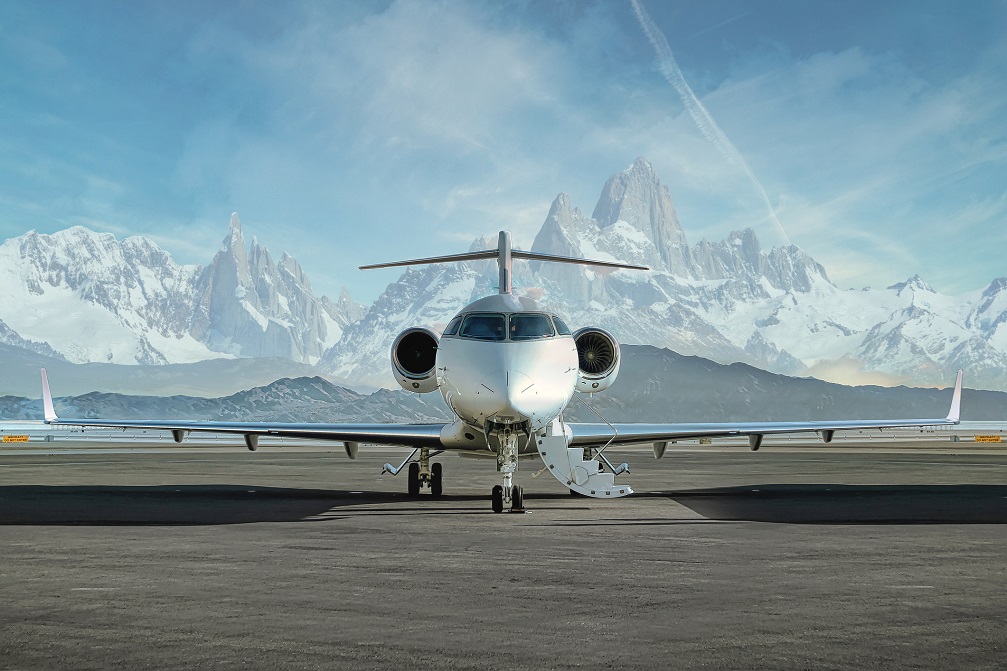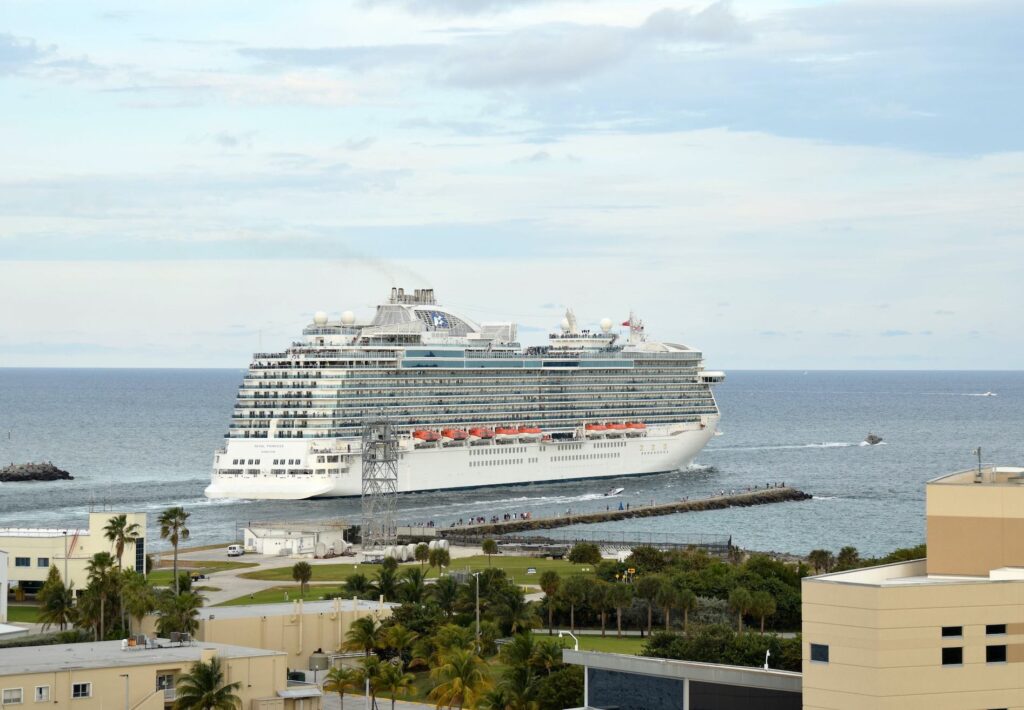Netherlands
Home to world-renowned cheeses, tulips, painters, and music festivals, the Netherlands has an unshakable reputation of being a prime spot in Europe.
Cities interspersed with winding canals, scrumptious and experimental cuisine, and lively festivals are the essence of the Netherlands.
You can travel from one city to another in less than one hour, take a canal ride to soak in your surroundings, or visit a museum to learn about the country’s history.
In Cheese Valley, you can try Gouda, a Dutch specialty, and visit cheese museums and marketplaces.
Also, you might want to visit one of the fish markets in the fishing towns along the North Sea. Or take a tour of the oyster pits in Yerseke.
A tour of Rotterdam’s culinary scene will take you from restaurants that dabble in molecular gastronomy to hip cafes.
Aside from its delectable cuisine, the Netherlands is the EU’s most densely inhabited country. It’s also one of the world’s most densely populated countries.
The ‘Randstad,’ the area between Amsterdam, Rotterdam, The Hague, and Utrecht, is home to almost 40% of the population.
It boasts thriving music and fashion scene. And it has produced great painters such as Van Gogh and world-known DJs such as Martin Garrix and Afrojack.
The Netherlands is a Dutch-speaking country, but Frisian is a recognized secondary official language in the province of Friesland.
The Dutch lead with honesty and candor. It’s not uncommon to hear them remark on the weather.
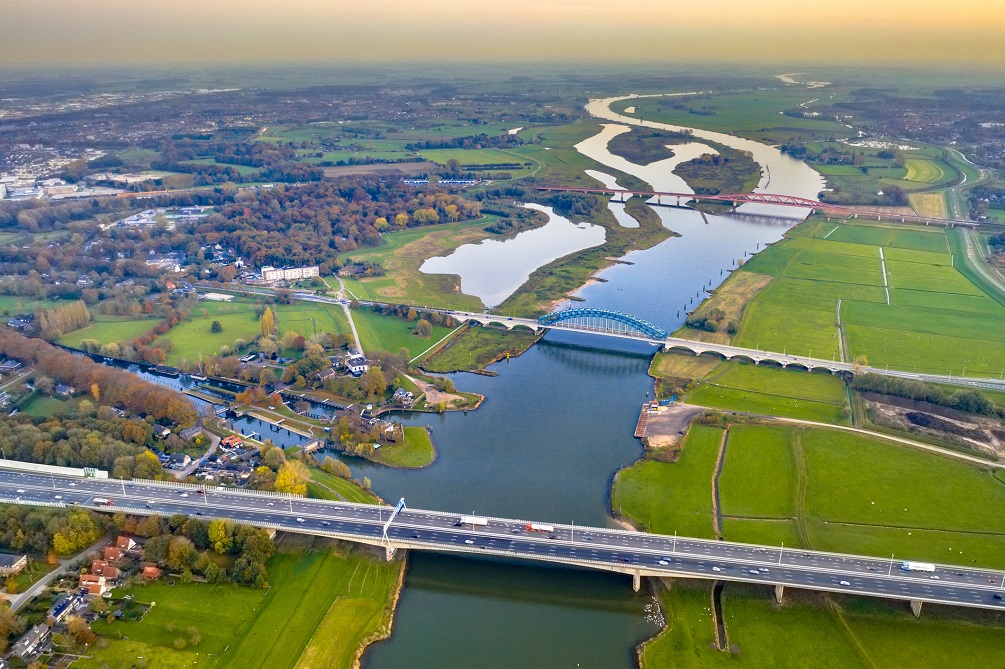


Situated in Western Europe, the Netherlands shares a border with Germany to the east, Belgium to the south, and the North Sea to the north and west.
The Netherlands also has maritime borders with the United Kingdom.
It has municipalities in the Caribbean Sea, including the islands of Bonaire, Sint Eustatius, and Saba. And in the overseas Caribbean, Sint Maarten, Aruba, and Curaçao are sovereign territories of the Netherlands.
The Netherlands is split into 12 provinces. Amsterdam, the capital, is in the province of North Holland in the country’s western area.
The country has a flat terrain and is mostly low-lying relative to sea level.
Geographically, there is a lot of variation from one region to the next. From marshes and high moorland to ancient woods, hills, coastal dunes, and mountains, there’s something for everyone.
The land is low and flat in the west and north, where the cities of Amsterdam, Rotterdam, and Zandvoort are located. Some areas are less than one meter (3.3 feet) above sea level, but the majority are below it.
Seawalls, coastal dunes, levees, and dikes define these areas.
As you travel east and south, the elevation above sea level rises.
There’s a significant rise in the terrain only in the Ardennes Mountains’ foothills towards the south. You’ll find Limburg here. The province contains the ideal landscape for cycling and hiking.
The Veluwe, the country’s largest nature reserve, is in the Ardennes Mountains’ foothills as well. It’s known for its stunning woodland landscapes, heath, and lakes.
Deer and boar can be seen while walking or cycling through the Hoge Veluwe National Park. A safari is a great way to get up close and personal with the animals.
Three of Europe’s major rivers flow through the Netherlands, namely the Rhine, the Maas (or the Meuse), and the Scheldt. The country’s landscape is also sprinkled with several lakes and canals.
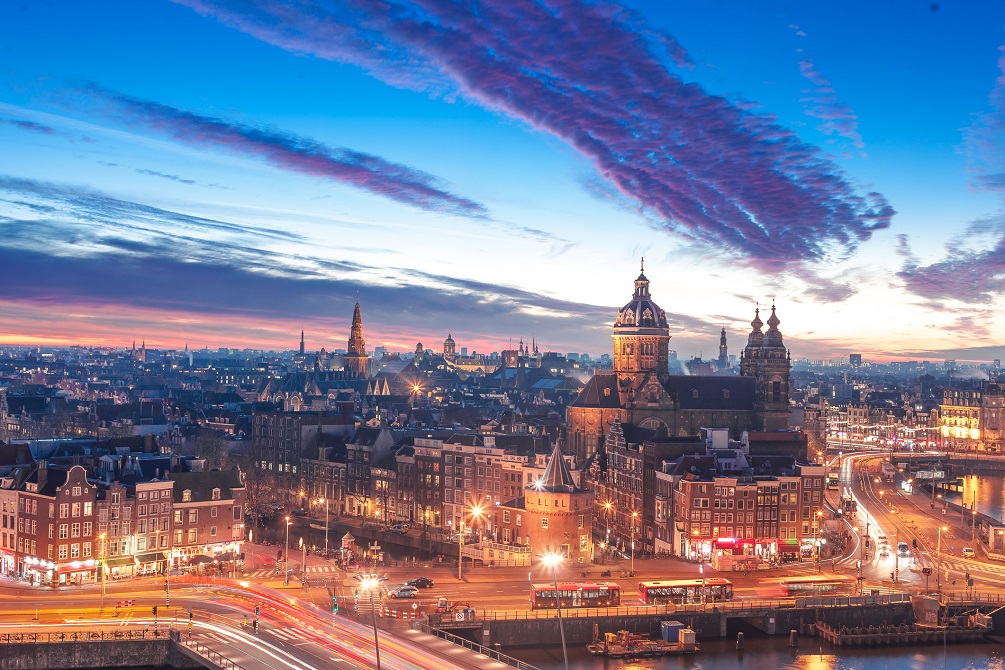


The European Netherlands has a mild marine climate. Summers are moderately warm, and winters are chilly because of the country’s proximity to the North Sea.
The Caribbean Netherlands has a tropical climate. The weather is pleasant and warm throughout the year.
July and August are the hottest months, with average maximum temperatures of 23 °C and 22 °C (73 °F and 72 °F). December and January are the coldest months, with temperatures ranging from 1 to 5 °C (34 to 41 °F).
Summers are sunny, but not scorching. Temperatures rarely exceed 25 °C (77 °F). The season runs from June through to August. It’s ideal for beach activities and festivals.
If you wish to avoid the crowds in Amsterdam around this period, go to Rotterdam or The Hague instead.
Fields of magnificent flower bulbs, particularly stunning tulips, cover vast swaths of land from March to May in the spring. Cycling and beach sunbathing are ideal activities this time of year.
The winter months of December to February are often bitterly cold. During the day and at night, temperatures might plunge below freezing.
The temperature will rarely get above 10 °C (50 °F), yet this is great for ice skating and exploring Christmas markets.
Although there is no best or worst time to visit the Netherlands, the autumn season from September to November is ideal. When the summer crowds have thinned, you can watch the world-famous flower parade in Zundert.
Rainfall is dispersed throughout the year and in all seasons, with summer and autumn receiving the highest precipitation. Spring has the least amount of rain.
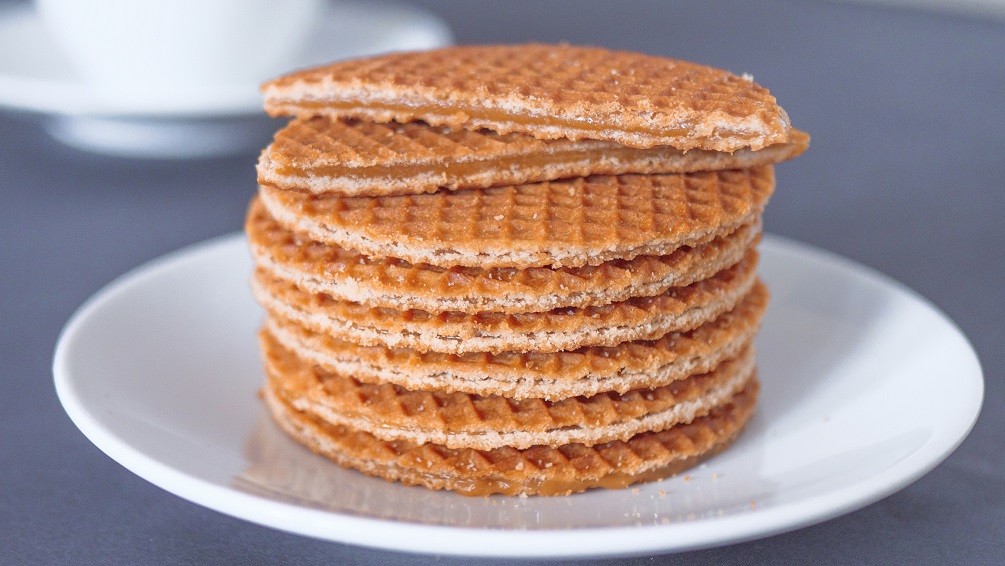


Fresh produce, dairy, and shellfish are the mainstays of Dutch cuisine, which is far less rustic than it once was.
Today, meals are more cosmopolitan; it’s not rare to see cuisines from other countries in the Netherlands.
Seasonal ingredients are used in many dishes. Asparagus is more common in the spring in the culinary province of Limburg. In June, along the Dutch coast, fresh herring comes into season.
There is also a lot of variation from region to region, thus Dutch food is unique throughout the entire country.
If you enjoy cheese, you’ll be pleased to learn that the Netherlands is home to the world-famous Gouda.
Cheese Valley has several small markets where you can sample a range of local cheeses. This area lies between The Hague, Amsterdam, Utrecht, and Rotterdam. It’s a great place to stop if you’re traveling between cities.
The nearby North Sea provides catches for the fishing villages of Stellendam, Scheveningen, and Katwijk in the Netherlands. You can enjoy fresh fish like cod and herring in fine seafood restaurants or at local street vendors.
If you’re feeling adventurous, try some Hollandse Nieuwe (raw herring served on a bun or with diced onions and pickles).
The Veluwe region is one of the country’s most intriguing culinary destinations. This region is known for wild meat, honey, artisan bread, and cheese and it may broaden and delight your palate.
North Brabant is famed for its fine cuisine, including caviar. From May through July, this region is great for everyone interested in sampling the Triple-A menu, which comprises dishes made from asparagus, strawberries (aardbei in Dutch), and anchovies.
Stroopwafels (two thin waffles stuck together with syrup) is a sweet treat you must try. Poffertjes (a small pancake puff eaten with butter and powdered sugar) is a favorite among children and the young at heart.
Bitterbal (crusty deep-fried pork ragout ball), kibbeling (deep-fried cod), or kroket are all tasty options of savory treats.
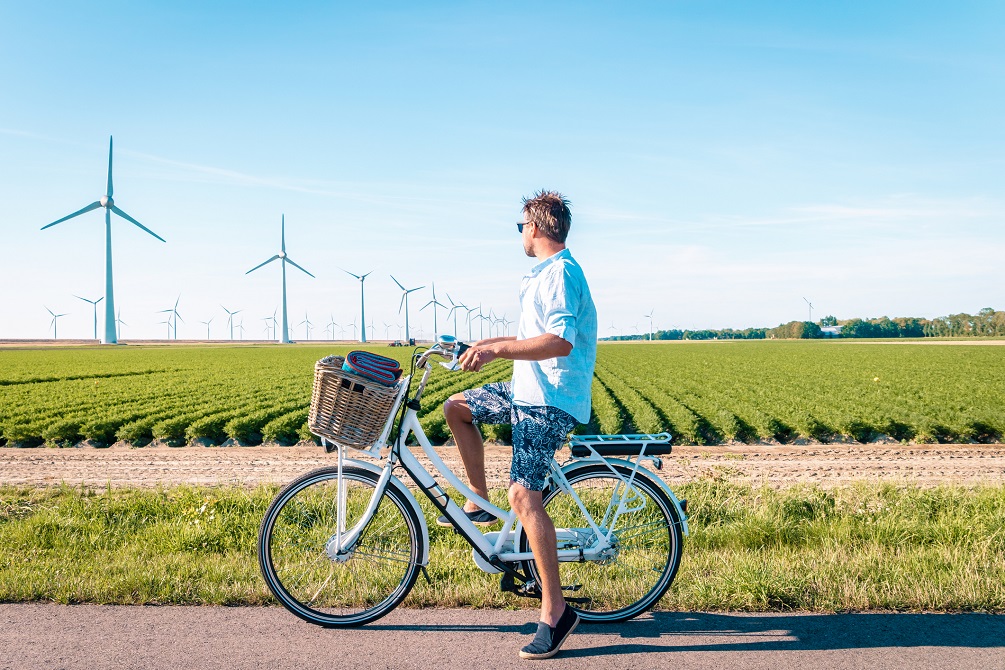


What you pack for your holiday depends on the activities you plan to do. The time of year you visit the Netherlands is equally important to consider.
Pack shorts, open shoes, and beachwear for trips to the coast if you’re going in the summer. For the cool evenings, you’ll also need a light jacket or long-sleeved garment.
Bring along extra warm clothing, such as a thick coat, sweaters, gloves or mittens, hats, and insulating shoes, because it will be quite cold in winter.
You’ll need layers for a spring or autumn vacation because the temperature fluctuates from 10 to 20 °C.
You should always be prepared for rain regardless of the season you’re visiting the Netherlands. Make sure you pack a rain jacket and boots.
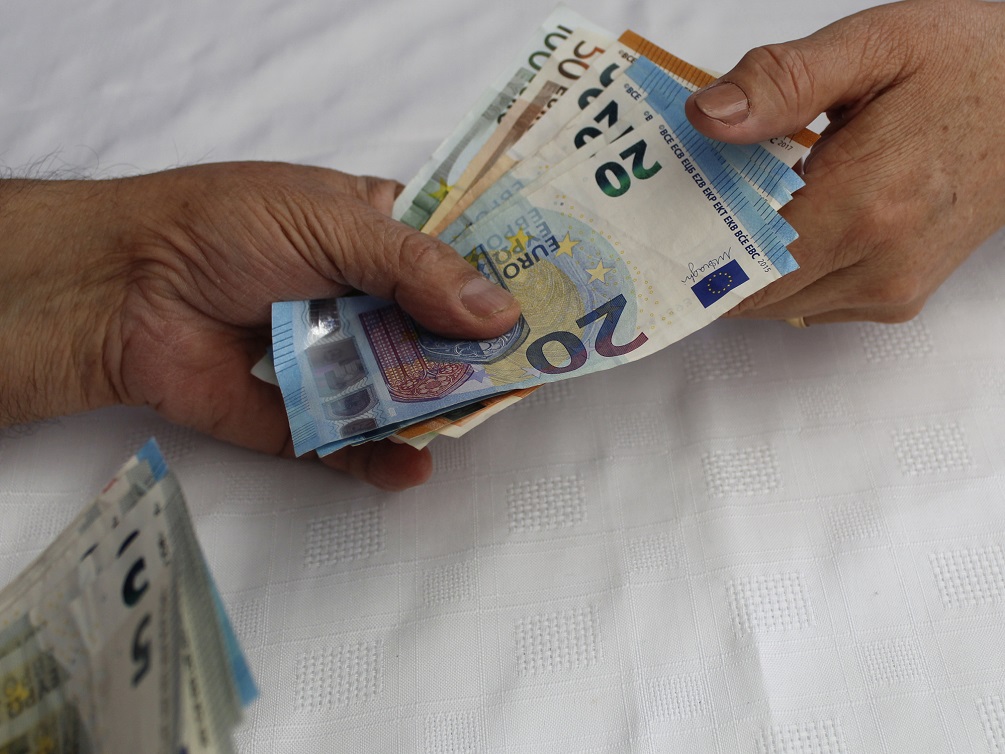


The euro (EUR) is the official means of payment in the Netherlands. There are 100 cents in a euro.
The denominations of banknotes are 5, 10, 20, 50, 100, 200, and 500 euros. However, the 200 and 500 euro notes are seldom used or accepted. 1 and 2 euro coins are also available. Cents are available in denominations of 1, 2, 5, 10, 20, and 50 euro coins.
Credit cards are frequently accepted throughout the country, but not everywhere.
Always check in advance to see if a business accepts your credit card. If you can use your credit card, you may be charged a fee of 2-6%.
Make sure you carry cash in small bills when visiting markets, small shops, and supermarkets.
You can exchange your money for the local currency at your hotel, exchange offices, banks, and post offices.
You can find ATMs almost everywhere in the country, even in small villages.
Check that the logo on your card and the ATM is Cirrus, PLUS, EDC, EC, or Maestro before withdrawing cash with your debit or credit card.
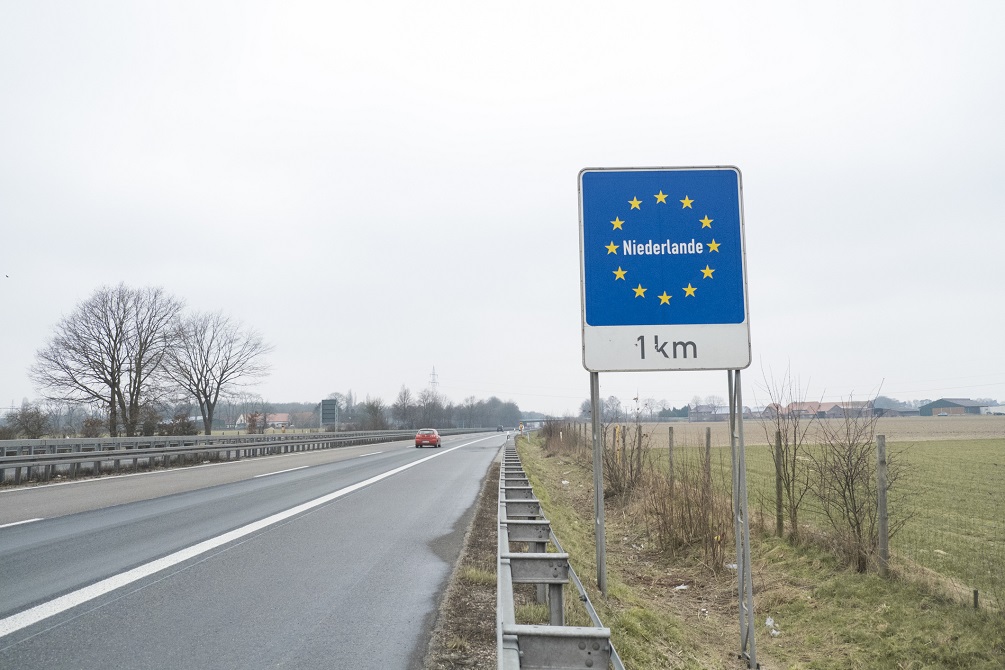


Dutch is the official language and lingua franca of the Netherlands.
Regional dialects differ. Locals in the northern province of Friesland, for example, speak a Dutch dialect known as Frisian. The province recognizes Frisian as the second official language.
Most Dutch people speak English, and you can find German and French speakers in the Netherlands as well.
Locals in the Dutch Caribbean speak Papiamento, a mixture of Spanish and Portuguese. On the islands of Saba and Sint Eustatius, English is widely spoken.
If you want to learn Dutch for your trip, here are some terms and phrases to get you started:
- Hello – Hallo
- Good morning – Goedemorgen
- Goodbye – Tot ziens or Doei
- Thank you – Dankjewel
- Please – Alstublieft
- Sorry – Sorry
- Yes/No – Ja/Nee
- Where is x? – Waar is x?
- How much is this? – Hoveel kost deze?
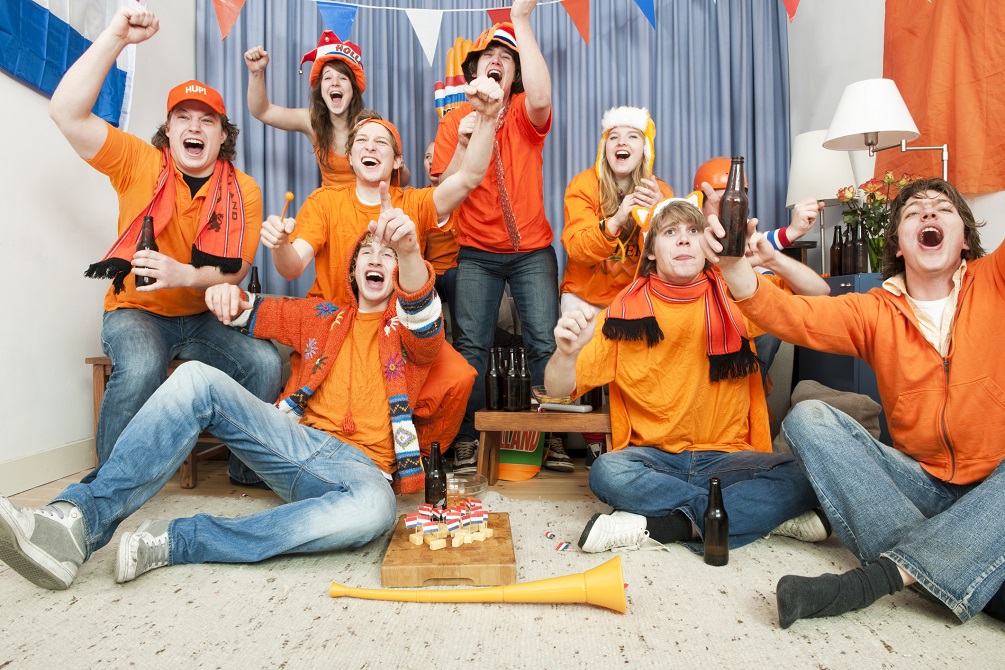


The Netherlands boasts a rich heritage and a vibrant cultural life.
The bulk of the population is Dutch, with Moroccans and Turks forming minority groups.
The Netherlands is one of the world’s most irreligious countries. However, Christians account for 20% of the population, while Protestants represent 14.8%. Jews and Muslims are two other minority religious groups.
The country is world-renowned for paintings and crafts, with Dutch painters like Rembrandt, Vincent van Gogh, Mondrian, creating famous works of art.
Football is the Netherlands ’ major sport. The Dutch national team has made multiple appearances at the World Cup, and the women’s team was named European champions in 2017.
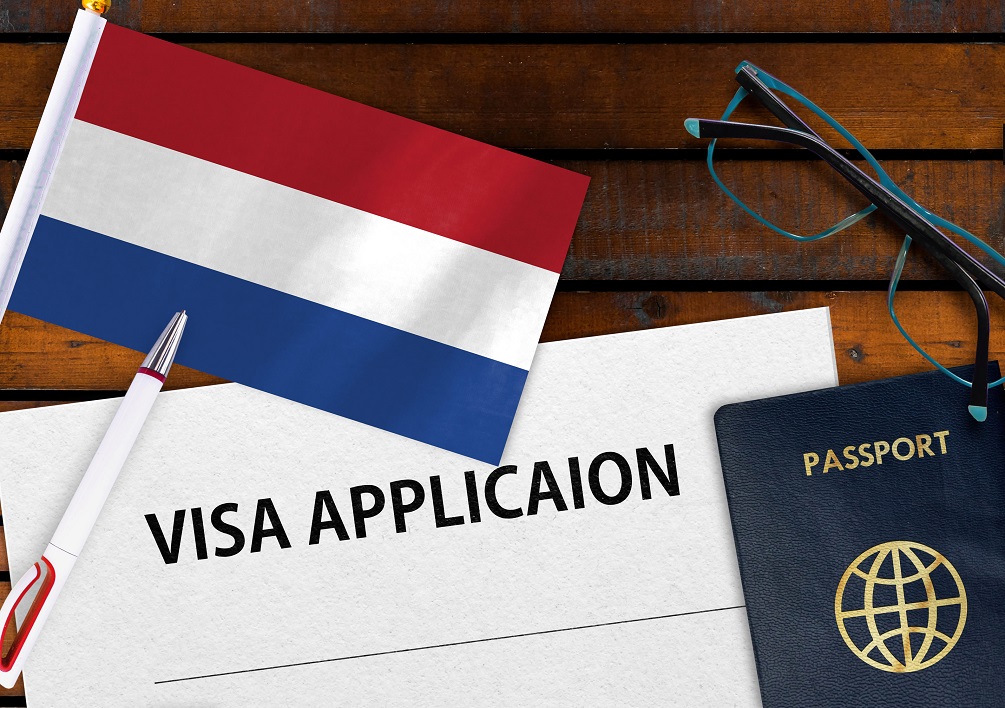


British citizens don’t need a visa to enter the Netherlands. This is the case for all Schengen countries, including the Netherlands.
You’re allowed to stay in the country for up to 90 days in any 180-day period without a visa. If you plan to visit other Schengen countries, ensure your itinerary is planned for 90 days.
Officials at Dutch border crossings may request proof of onward travel or return tickets. You may also need to show that you have sufficient money to cover your stay in the Netherlands.
If you plan to stay longer in the Netherlands, you must meet the Dutch government’s admission requirements. In this instance, you should contact the Netherlands embassy to see what form of visa you will require.
Before traveling to the Netherlands, ensure your passport is valid for at least 3 months after the day you plan to head back home. Your passport should not be older than 10 years, either.
Also, the Dutch authorities have confiscated damaged passports in the past, so be sure yours is in good condition before you travel.
If you’re taking a family trip to the Netherlands, carry a signed authorization form for traveling abroad with a minor.
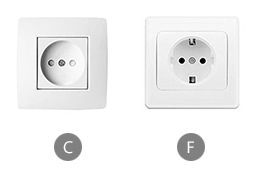


The plugs used in the Netherlands are Type C (flat with two round pins) and Type F (circular with two round pins and two earth clips on the side).
The voltage and frequency supplied by outlets in the Netherlands are 230 V and 50 Hz, respectively. For shavers, the voltage in some hotels maybe 110 or 120 volts.
Make sure you bring along a travel adapter with surge protection and a power converter for hot tools and hair dryers.



Cities interspersed with winding canals, scrumptious and experimental cuisine, and lively festivals are the essence of the Netherlands.
You can travel from one city to another in less than one hour, take a canal ride to soak in your surroundings, or visit a museum to learn about the country’s history.
In Cheese Valley, you can try Gouda, a Dutch specialty, and visit cheese museums and marketplaces.
Also, you might want to visit one of the fish markets in the fishing towns along the North Sea. Or take a tour of the oyster pits in Yerseke.
A tour of Rotterdam’s culinary scene will take you from restaurants that dabble in molecular gastronomy to hip cafes.
Aside from its delectable cuisine, the Netherlands is the EU’s most densely inhabited country. It’s also one of the world’s most densely populated countries.
The ‘Randstad,’ the area between Amsterdam, Rotterdam, The Hague, and Utrecht, is home to almost 40% of the population.
It boasts thriving music and fashion scene. And it has produced great painters such as Van Gogh and world-known DJs such as Martin Garrix and Afrojack.
The Netherlands is a Dutch-speaking country, but Frisian is a recognized secondary official language in the province of Friesland.
The Dutch lead with honesty and candor. It’s not uncommon to hear them remark on the weather.



Situated in Western Europe, the Netherlands shares a border with Germany to the east, Belgium to the south, and the North Sea to the north and west.
The Netherlands also has maritime borders with the United Kingdom.
It has municipalities in the Caribbean Sea, including the islands of Bonaire, Sint Eustatius, and Saba. And in the overseas Caribbean, Sint Maarten, Aruba, and Curaçao are sovereign territories of the Netherlands.
The Netherlands is split into 12 provinces. Amsterdam, the capital, is in the province of North Holland in the country’s western area.
The country has a flat terrain and is mostly low-lying relative to sea level.
Geographically, there is a lot of variation from one region to the next. From marshes and high moorland to ancient woods, hills, coastal dunes, and mountains, there’s something for everyone.
The land is low and flat in the west and north, where the cities of Amsterdam, Rotterdam, and Zandvoort are located. Some areas are less than one meter (3.3 feet) above sea level, but the majority are below it.
Seawalls, coastal dunes, levees, and dikes define these areas.
As you travel east and south, the elevation above sea level rises.
There’s a significant rise in the terrain only in the Ardennes Mountains’ foothills towards the south. You’ll find Limburg here. The province contains the ideal landscape for cycling and hiking.
The Veluwe, the country’s largest nature reserve, is in the Ardennes Mountains’ foothills as well. It’s known for its stunning woodland landscapes, heath, and lakes.
Deer and boar can be seen while walking or cycling through the Hoge Veluwe National Park. A safari is a great way to get up close and personal with the animals.
Three of Europe’s major rivers flow through the Netherlands, namely the Rhine, the Maas (or the Meuse), and the Scheldt. The country’s landscape is also sprinkled with several lakes and canals.



The European Netherlands has a mild marine climate. Summers are moderately warm, and winters are chilly because of the country’s proximity to the North Sea.
The Caribbean Netherlands has a tropical climate. The weather is pleasant and warm throughout the year.
July and August are the hottest months, with average maximum temperatures of 23 °C and 22 °C (73 °F and 72 °F). December and January are the coldest months, with temperatures ranging from 1 to 5 °C (34 to 41 °F).
Summers are sunny, but not scorching. Temperatures rarely exceed 25 °C (77 °F). The season runs from June through to August. It’s ideal for beach activities and festivals.
If you wish to avoid the crowds in Amsterdam around this period, go to Rotterdam or The Hague instead.
Fields of magnificent flower bulbs, particularly stunning tulips, cover vast swaths of land from March to May in the spring. Cycling and beach sunbathing are ideal activities this time of year.
The winter months of December to February are often bitterly cold. During the day and at night, temperatures might plunge below freezing.
The temperature will rarely get above 10 °C (50 °F), yet this is great for ice skating and exploring Christmas markets.
Although there is no best or worst time to visit the Netherlands, the autumn season from September to November is ideal. When the summer crowds have thinned, you can watch the world-famous flower parade in Zundert.
Rainfall is dispersed throughout the year and in all seasons, with summer and autumn receiving the highest precipitation. Spring has the least amount of rain.



Fresh produce, dairy, and shellfish are the mainstays of Dutch cuisine, which is far less rustic than it once was.
Today, meals are more cosmopolitan; it’s not rare to see cuisines from other countries in the Netherlands.
Seasonal ingredients are used in many dishes. Asparagus is more common in the spring in the culinary province of Limburg. In June, along the Dutch coast, fresh herring comes into season.
There is also a lot of variation from region to region, thus Dutch food is unique throughout the entire country.
If you enjoy cheese, you’ll be pleased to learn that the Netherlands is home to the world-famous Gouda.
Cheese Valley has several small markets where you can sample a range of local cheeses. This area lies between The Hague, Amsterdam, Utrecht, and Rotterdam. It’s a great place to stop if you’re traveling between cities.
The nearby North Sea provides catches for the fishing villages of Stellendam, Scheveningen, and Katwijk in the Netherlands. You can enjoy fresh fish like cod and herring in fine seafood restaurants or at local street vendors.
If you’re feeling adventurous, try some Hollandse Nieuwe (raw herring served on a bun or with diced onions and pickles).
The Veluwe region is one of the country’s most intriguing culinary destinations. This region is known for wild meat, honey, artisan bread, and cheese and it may broaden and delight your palate.
North Brabant is famed for its fine cuisine, including caviar. From May through July, this region is great for everyone interested in sampling the Triple-A menu, which comprises dishes made from asparagus, strawberries (aardbei in Dutch), and anchovies.
Stroopwafels (two thin waffles stuck together with syrup) is a sweet treat you must try. Poffertjes (a small pancake puff eaten with butter and powdered sugar) is a favorite among children and the young at heart.
Bitterbal (crusty deep-fried pork ragout ball), kibbeling (deep-fried cod), or kroket are all tasty options of savory treats.



What you pack for your holiday depends on the activities you plan to do. The time of year you visit the Netherlands is equally important to consider.
Pack shorts, open shoes, and beachwear for trips to the coast if you’re going in the summer. For the cool evenings, you’ll also need a light jacket or long-sleeved garment.
Bring along extra warm clothing, such as a thick coat, sweaters, gloves or mittens, hats, and insulating shoes, because it will be quite cold in winter.
You’ll need layers for a spring or autumn vacation because the temperature fluctuates from 10 to 20 °C.
You should always be prepared for rain regardless of the season you’re visiting the Netherlands. Make sure you pack a rain jacket and boots.



The euro (EUR) is the official means of payment in the Netherlands. There are 100 cents in a euro.
The denominations of banknotes are 5, 10, 20, 50, 100, 200, and 500 euros. However, the 200 and 500 euro notes are seldom used or accepted. 1 and 2 euro coins are also available. Cents are available in denominations of 1, 2, 5, 10, 20, and 50 euro coins.
Credit cards are frequently accepted throughout the country, but not everywhere.
Always check in advance to see if a business accepts your credit card. If you can use your credit card, you may be charged a fee of 2-6%.
Make sure you carry cash in small bills when visiting markets, small shops, and supermarkets.
You can exchange your money for the local currency at your hotel, exchange offices, banks, and post offices.
You can find ATMs almost everywhere in the country, even in small villages.
Check that the logo on your card and the ATM is Cirrus, PLUS, EDC, EC, or Maestro before withdrawing cash with your debit or credit card.



Dutch is the official language and lingua franca of the Netherlands.
Regional dialects differ. Locals in the northern province of Friesland, for example, speak a Dutch dialect known as Frisian. The province recognizes Frisian as the second official language.
Most Dutch people speak English, and you can find German and French speakers in the Netherlands as well.
Locals in the Dutch Caribbean speak Papiamento, a mixture of Spanish and Portuguese. On the islands of Saba and Sint Eustatius, English is widely spoken.
If you want to learn Dutch for your trip, here are some terms and phrases to get you started:
- Hello – Hallo
- Good morning – Goedemorgen
- Goodbye – Tot ziens or Doei
- Thank you – Dankjewel
- Please – Alstublieft
- Sorry – Sorry
- Yes/No – Ja/Nee
- Where is x? – Waar is x?
- How much is this? – Hoveel kost deze?



The Netherlands boasts a rich heritage and a vibrant cultural life.
The bulk of the population is Dutch, with Moroccans and Turks forming minority groups.
The Netherlands is one of the world’s most irreligious countries. However, Christians account for 20% of the population, while Protestants represent 14.8%. Jews and Muslims are two other minority religious groups.
The country is world-renowned for paintings and crafts, with Dutch painters like Rembrandt, Vincent van Gogh, Mondrian, creating famous works of art.
Football is the Netherlands ’ major sport. The Dutch national team has made multiple appearances at the World Cup, and the women’s team was named European champions in 2017.



British citizens don’t need a visa to enter the Netherlands. This is the case for all Schengen countries, including the Netherlands.
You’re allowed to stay in the country for up to 90 days in any 180-day period without a visa. If you plan to visit other Schengen countries, ensure your itinerary is planned for 90 days.
Officials at Dutch border crossings may request proof of onward travel or return tickets. You may also need to show that you have sufficient money to cover your stay in the Netherlands.
If you plan to stay longer in the Netherlands, you must meet the Dutch government’s admission requirements. In this instance, you should contact the Netherlands embassy to see what form of visa you will require.
Before traveling to the Netherlands, ensure your passport is valid for at least 3 months after the day you plan to head back home. Your passport should not be older than 10 years, either.
Also, the Dutch authorities have confiscated damaged passports in the past, so be sure yours is in good condition before you travel.
If you’re taking a family trip to the Netherlands, carry a signed authorization form for traveling abroad with a minor.



The plugs used in the Netherlands are Type C (flat with two round pins) and Type F (circular with two round pins and two earth clips on the side).
The voltage and frequency supplied by outlets in the Netherlands are 230 V and 50 Hz, respectively. For shavers, the voltage in some hotels maybe 110 or 120 volts.
Make sure you bring along a travel adapter with surge protection and a power converter for hot tools and hair dryers.
Travel related news, information and inspirational articles and videos for travellers booking flights or holidays to Netherlands. Ask questions about travel in Netherlands and get answers from Netherlands experts
NEWS
Inspiration, Information and Travel Guides
MEET THE Netherlands EXPERTS
If you are looking to book a holiday to Netherlands or needs some help and advice planning travel to Netherlands then contact one of the UK based independent travel agents that specialise in Netherlands itineraries.
FEATURED VIDEOS
Your Travel Questions Answered
Ask any travel related question and get an answer from one of our experts that will provide you with an answer from their personal experience
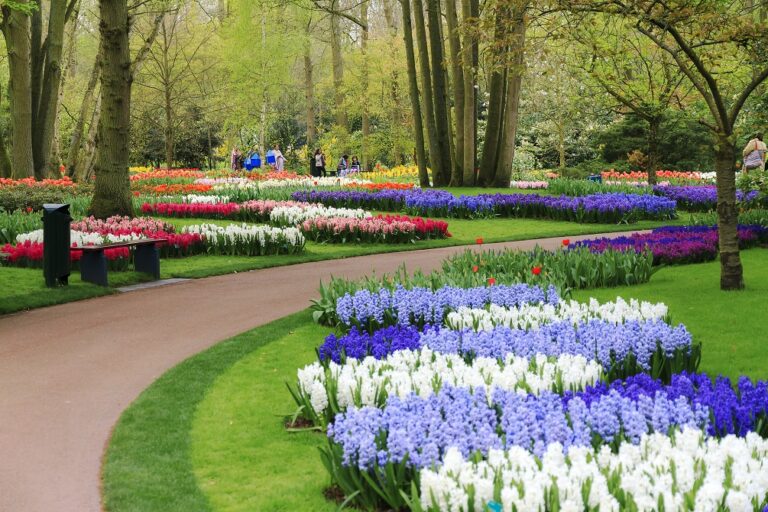

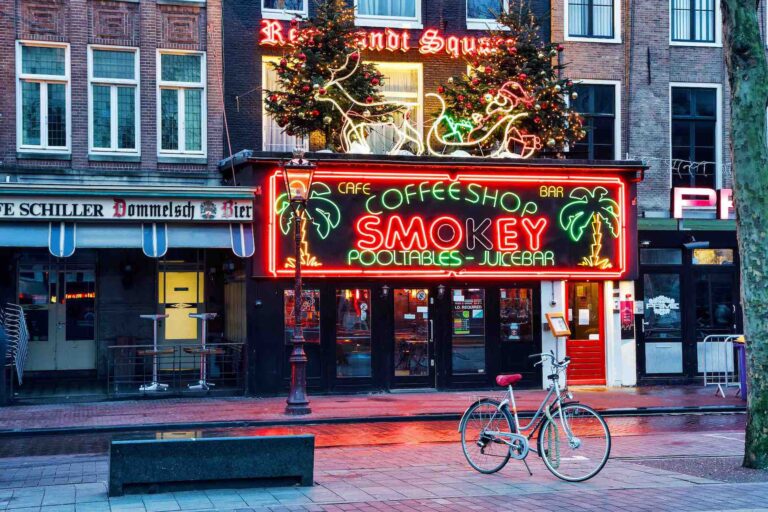

Group of young Brits here, heading to Amsterdam for the first time this summer. We’re planning to do typical touristy stuff including visiting coffee shops and I want to get some advice about this - can you bring back edibles from Amsterdam to the UK? We have some friends here asking for weed lollies, space cookies and hash brownies as a souvenir…

